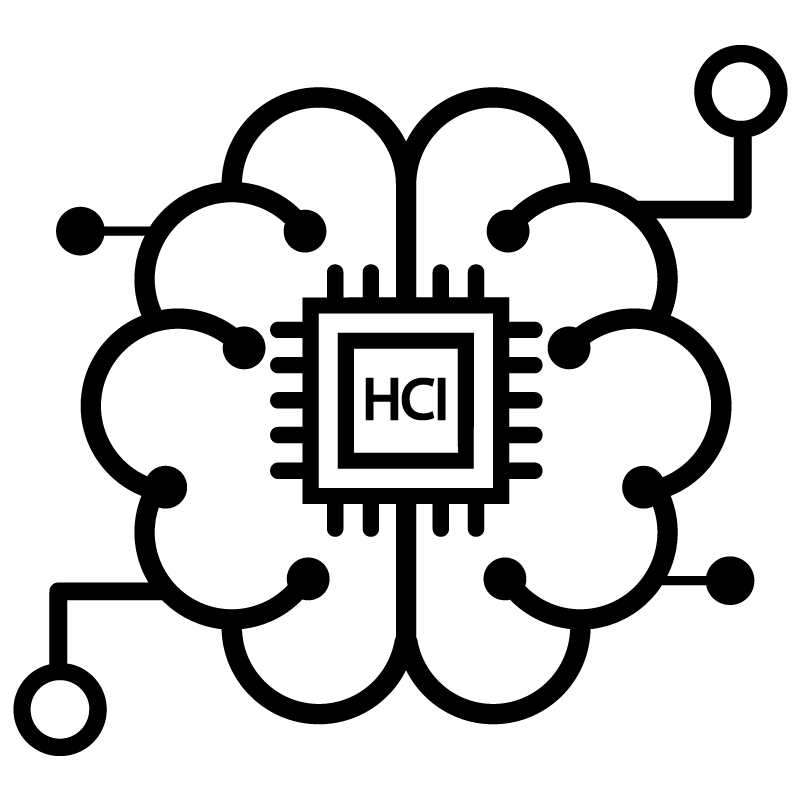Fast Sign
Fast Sign is a prototype to transmit body temperature and heart rate values from patients of the Costa Rican Red Cross to hospitals via wireless and Bluetooth communication.
Overview
Fast Sign was designed during 2015 for the Science Fair called EXPOTEC at Colegio Técnico Don Bosco (Don Bosco Technical High School), Costa Rica.
The system consisted of four parts; one hospital data server, the smartphone application, the server-app-communication component, and the measurement circuit. The Arduino sent data through Bluetooth to the smartphone application so the paramedics could monitor the vital signs of the patient. In addition, the paramedics could send the vital signs and extra information to servers located in the hospital using Wi-Fi.
Contributions
For the server-app-communication component, we added two shields for this purpose. We used the Bluetooth Shield HC06, for the communication between the app and the Arduino. The other one was the Arduino Wi-Fi Shield A000058, which was used to communicate between Arduino and the server.
I programed the communication between the Arduino and the smartphone application and I also developed the communication protocol App-Arduino-Server
Finally, the server was designed to be in the hospital so that doctors and nurses could have reliable information about the emergency and use it to make a quick decision, which is vital in emergencies.
My partners designed the server and the necessary code to publish the data from the Arduino.
I designed the measurement circuit; this one had one Digital Thermal Sensor Module and the SparkFun Single Lead Heart Rate Monitor - AD8232. We used a Sensor Cable with Electrode Pads with the AD8232, all of which were connected to an Arduino UNO board.
I made the smartphone app, which was made to show the patient's vital signs to the paramedics in real time.
In addition, the emergency team could type in additional information that could be used by the hospital to set everything up and provide the best possible attention to the emergency.
Results
That year, we won First Place in the Electromechanics Category.
The project was developed by José Daniel Guiterrez, Nicole Retana, and Daniel Vargas.





